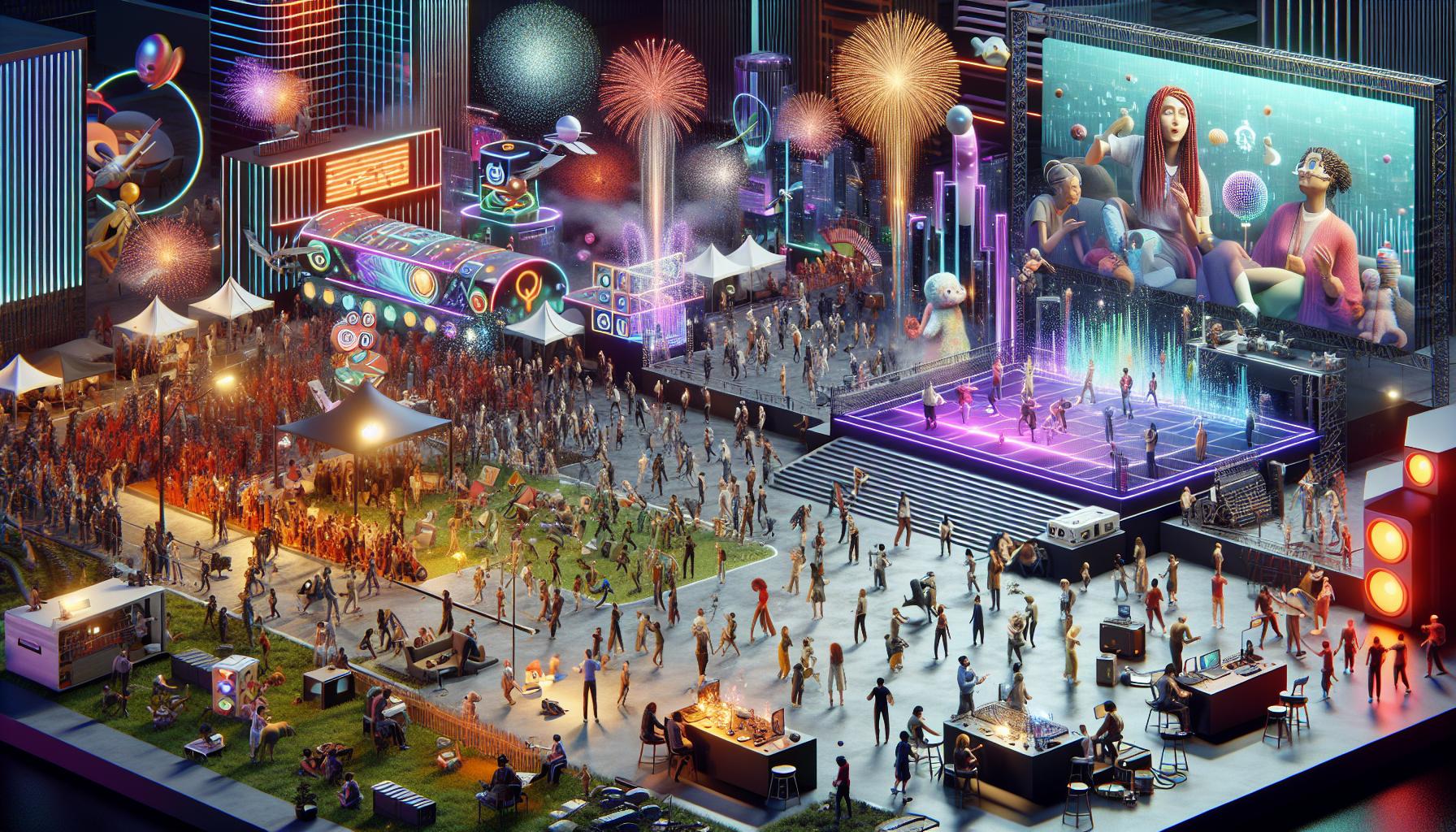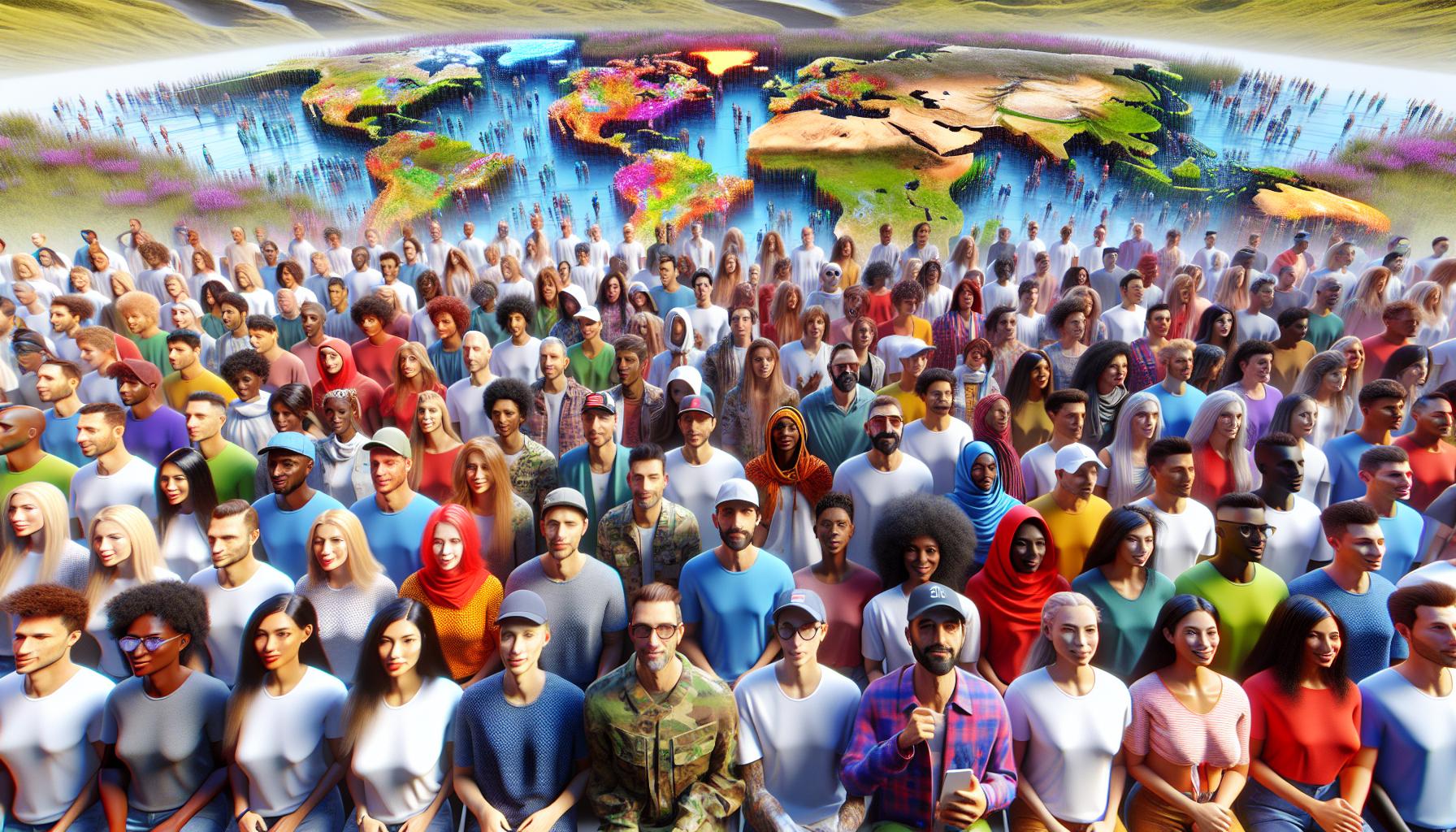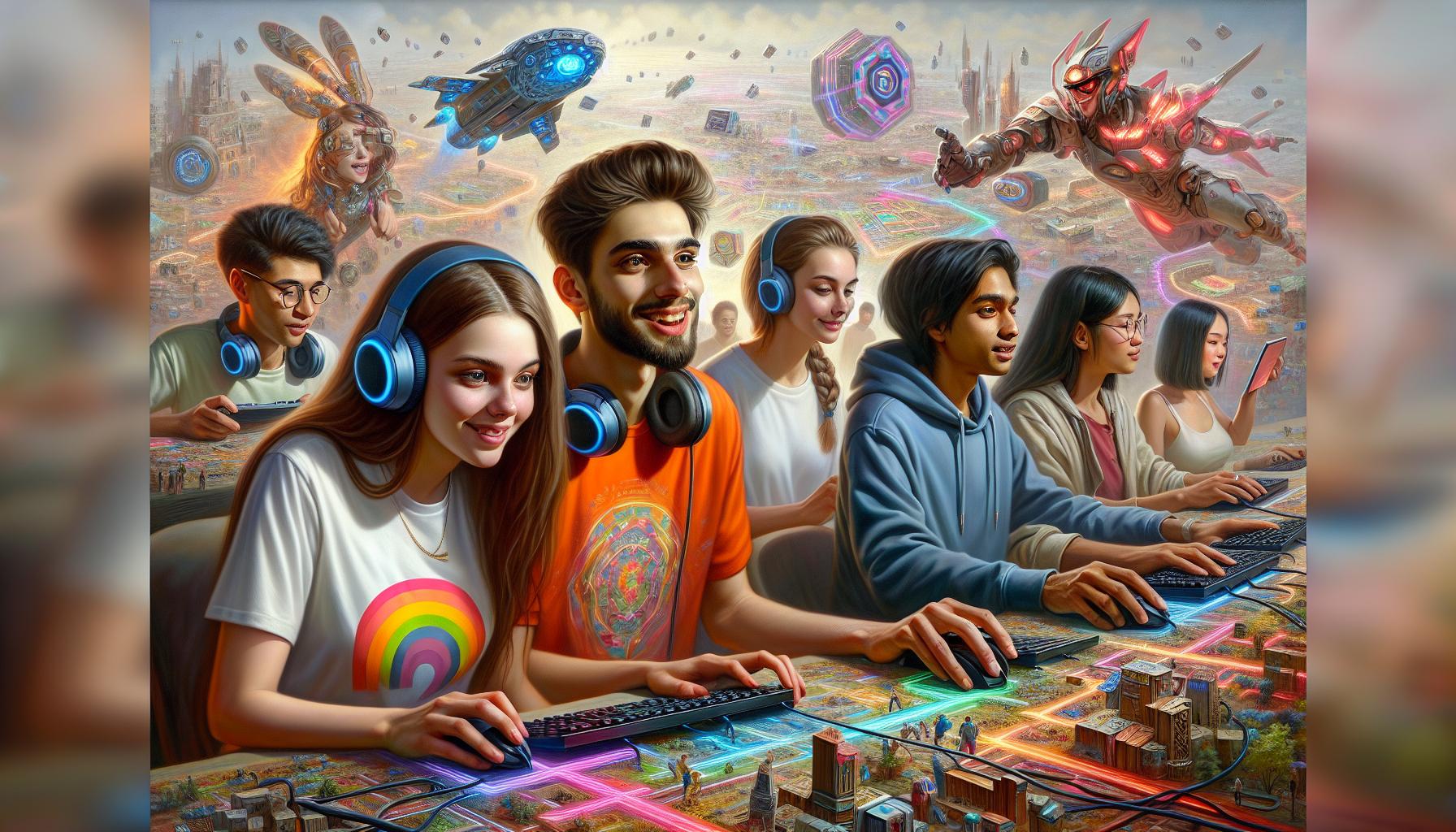Key Takeaways
- Immersive Experiences: Virtual worlds like Second Life provide users with unique immersive environments that blend digital interactions with elements of real life.
- Diverse Platforms: Various virtual worlds, such as IMVU, Roblox, and VRChat, cater to different demographics and interests, each offering unique features for social interaction and creativity.
- User Customization: Personalization through customizable avatars and user-generated content allows users to express their individuality and creativity within these virtual spaces.
- Social Connections: Engaging in virtual worlds fosters social connections among users, enabling friendships and collaboration through community events and interaction.
- Creative Opportunities: Users can explore creative expression by participating in activities like art creation, event hosting, and building virtual environments, enhancing their emotional connection to the platform.
- Challenges: Users face challenges such as technical barriers and privacy concerns, emphasizing the need for improvements in accessibility and safety measures within virtual worlds.
In an age where digital experiences blend seamlessly with reality, virtual worlds like Second Life offer users a unique escape into immersive environments. These platforms allow individuals to create avatars, socialize, and engage in activities that mirror real-life interactions. As technology advances, the allure of these virtual realms continues to captivate millions, transforming how people connect and express themselves.
Virtual worlds aren’t just about gaming; they serve as social hubs, creative canvases, and even marketplaces. With endless possibilities for exploration and engagement, users can build their own experiences, from attending concerts to hosting art exhibitions. As the boundaries between the physical and digital worlds blur, understanding the impact of these virtual spaces becomes essential for navigating the future of online interaction.
Virtual Worlds Like Second Life
Virtual worlds, similar to Second Life, provide expansive digital landscapes for user interaction and creativity. These platforms enable the creation of personalized avatars, encouraging users to explore new identities. Interaction occurs through social activities, role-playing, and community events, enhancing engagement among participants.
Numerous virtual worlds offer unique features. Below are some notable examples:
- IMVU: IMVU focuses on 3D chat features, allowing users to connect in virtual rooms, create custom avatars, and purchase virtual goods.
- World of Warcraft: While primarily known as an MMORPG, it fosters social connections through guilds and community events, emphasizing collaboration among players.
- Roblox: Roblox offers user-generated games and experiences, appealing to a younger audience eager for creativity and collaboration.
- VRChat: VRChat emphasizes immersive experiences through VR technology, inviting users to engage in various activities within fully 3D environments.
These platforms simulate real-life scenarios, enhancing socialization and creativity. As technology advances, these virtual environments increasingly blend aspects of social media, gaming, and online commerce, creating multifaceted experiences.
Features of Virtual Worlds

Virtual worlds offer diverse features, enhancing user engagement and fostering vibrant communities. These environments encourage interaction, creativity, and personalization, making them appealing to a wide range of users.
User Interaction and Community Building
User interaction forms the core of virtual worlds, facilitating social connections and community building. Users communicate through text or voice chat, participate in group activities, and collaborate on projects. Events such as live concerts, workshops, and gaming tournaments promote user participation, forging friendships and alliances. Community structures, like guilds and clubs, facilitate a sense of belonging. Additionally, users create forums and message boards to share ideas and experiences, fostering continuous engagement within the community.
Customization Options for Users
Customization enhances the individual experience in virtual worlds. Users can modify avatars, selecting unique appearances and personalizing outfits with items from in-game stores or user-generated content. Building spaces, such as homes or venues, allows users to express their creativity and style. Technologies like 3D modeling and scripting provide advanced options for users to tailor their environments. This level of personalization fosters deeper connections to the virtual world, empowering users to create unique experiences that reflect their identities.
Popular Examples of Virtual Worlds

Numerous virtual worlds provide diverse experiences, each with unique features that attract various user demographics. These environments foster social interaction, creativity, and commerce.
Second Life
Second Life offers a richly immersive experience where users create customizable avatars and explore vast virtual environments. It features user-generated content, from personal homes to entire communities, encouraging creativity and collaboration. The platform supports various activities, including virtual events, business opportunities, and social gatherings, positioning itself as a pioneer in the virtual world landscape.
Alternatives to Second Life
Several alternatives to Second Life cater to different interests and age groups.
- IMVU: Focuses on 3D chat, allowing users to interact via customizable avatars while purchasing virtual goods.
- World of Warcraft: Primarily a gaming environment, this platform promotes social connections through guilds, quests, and community events, creating a strong sense of belonging.
- Roblox: Appeals to younger audiences with user-generated games and interactive experiences, emphasizing creative expression and social interaction.
- VRChat: Utilizes virtual reality technology, offering immersive environments for users to socialize and explore various user-created worlds.
These alternatives complement the features of Second Life, providing unique platforms tailored to different user preferences and engagement styles.
Benefits of Engaging in Virtual Worlds

Engaging in virtual worlds like Second Life provides numerous benefits, enhancing social interactions and fostering creativity.
Social Connections
Virtual worlds facilitate connections among users from diverse backgrounds. They enable individuals to meet and interact through text or voice chat, promoting friendships and collaborative efforts. Many platforms host events such as live concerts and gaming tournaments, encouraging participant engagement and community building. Structures like guilds and clubs provide members with a sense of belonging and shared purpose. This rich social tapestry allows users to forge lasting relationships, ultimately enhancing their experience in these environments.
Creative Expression
Virtual worlds unlock avenues for creative expression, allowing users to customize avatars and design personal spaces. Users can showcase their creativity through activities like building virtual homes, creating art, or developing games. The platforms often provide user-generated content features, empowering individuals to share their creations with the community. This level of personalization not only nurtures artistic talents but also enables users to cultivate unique identities within the virtual landscape. As a result, participants experience a deeper emotional connection to the virtual world.
Challenges and Limitations
Virtual worlds like Second Life face several challenges and limitations that can impact user experience and engagement negatively. These issues include technical barriers and safety and privacy concerns.
Technical Barriers
Technical barriers present significant challenges for users of virtual worlds. Users may encounter difficulties such as high system requirements, leading to performance issues on less powerful devices. Inadequate internet connections can also result in lag, hindering immersion and interaction. Additionally, different platforms often require specific software configurations, limiting access for some individuals. Users may struggle with learning curves associated with complex interfaces, causing frustration and disengagement. Regular updates and maintenance can disrupt accessibility, making consistent participation challenging for users.
Safety and Privacy Concerns
Safety and privacy concerns in virtual worlds influence user trust and willingness to engage. Users face risks related to online harassment, identity theft, and exposure to inappropriate content. Many platforms lack effective moderation systems, allowing toxic behavior to proliferate and create hostile environments. Privacy issues arise from the collection and storage of personal information, which can be vulnerable to breaches. Users may feel anxious about their data security and the potential for misuse. Establishing clear guidelines and robust safety measures is crucial for enhancing user experience and fostering a more secure virtual environment.

